Choosing the right bar chair is crucial for creating a comfortable and functional space, whether it's a home kitchen, a trendy café, or a lively bar. Understanding standard bar chair sizes and dimensions can significantly enhance the seating experience, ensuring your guests enjoy their time comfortably. This comprehensive guide covers everything you need to know about selecting the perfect bar chairs, optimizing comfort, and matching them seamlessly with your décor.
Why Bar Chair Size Matters
The correct bar chair height is essential for comfort and ergonomics. A mismatch can lead to discomfort, poor posture, and an uninviting atmosphere. By understanding the standard sizes and how they correspond to different counter heights, you can create a welcoming and functional space.
Understanding Standard Bar Chair Heights
Bar chairs come in several standard heights designed to match different table or counter heights. The primary categories include:
-
Bar Height Stools: Typically range from 29 to 32 inches in seat height, suitable for bars and tables around 41 to 43 inches high. [index]
-
Counter Height Stools: Generally measure between 23 to 28 inches, ideal for counters approximately 35 to 37 inches tall. [index]
-
Extra Tall Stools: These stools can reach heights of 33 to 36 inches, designed for surfaces between 44 and 47 inches high.
These measurements ensure adequate legroom—approximately 10 to 12 inches between the stool seat and the underside of the counter or bar surface—allowing for comfortable seating without feeling cramped.
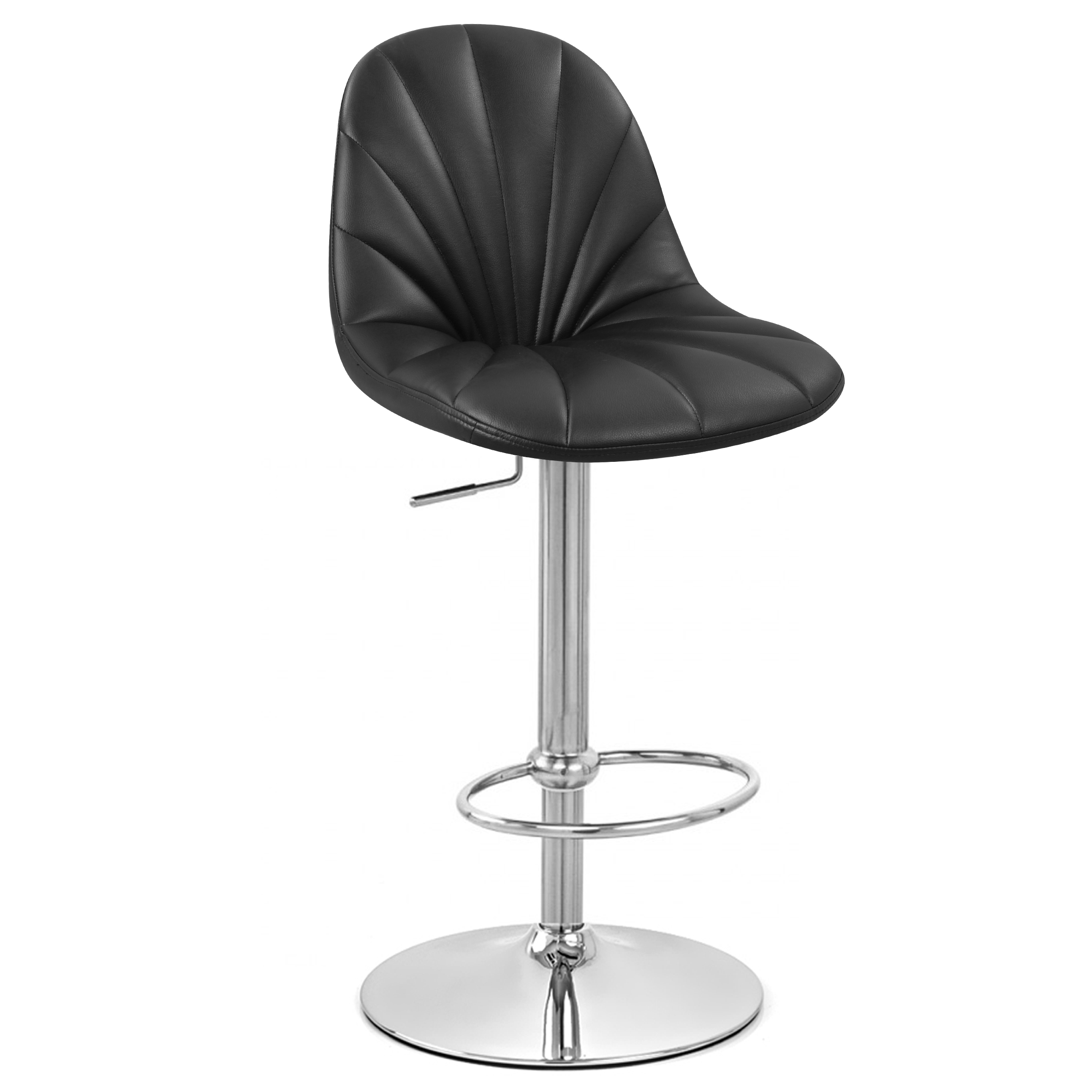
Key Measurements for Optimal Comfort
To select the perfect bar chair, accurately measure both the stool and the corresponding surface. Here are essential guidelines:
-
Measure from the Floor to the Top of the Surface: This determines the appropriate stool height.
-
Allow for Legroom: A gap of about 10 to 12 inches is recommended between the stool seat and the counter height. This ensures comfort when sitting and standing.
-
Spacing Between Stools: When placing multiple stools at a bar or counter, maintain a distance of 26 to 30 inches between the center of each stool. This spacing promotes ease of movement and comfort.
Choosing Between Different Styles
Bar chairs come in various styles, each offering unique aesthetics and comfort levels. Here are some popular styles:
Modern Bar Stools: Characterized by sleek lines and minimalist designs, often made from metal or plastic. They fit well in contemporary settings.
Industrial Bar Stools: Feature raw materials like metal and wood with distressed finishes, ideal for urban-themed spaces.
Traditional Bar Stools: Usually crafted from wood with intricate detailing, perfect for classic or formal environments.
Rustic Bar Stools: Made from natural materials, these stools add warmth and charm to any setting.
Upholstered Bar Stools: Feature padded seats and backs covered in fabric or leather, offering enhanced comfort and a luxurious feel. Ideal for upscale bars, lounges, or dining areas.
Swivel Bar Stools: Allow 360-degree rotation, providing flexibility and ease of movement, and are perfect for social settings where interaction is common.
When selecting a style, consider not only aesthetics but also how they will function within your space.
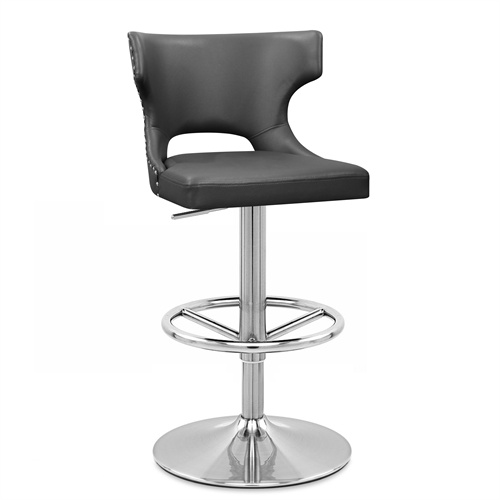
Comfort Features to Consider
The comfort of bar chairs greatly influences the overall experience. Look for these features:
-
Padded Seats: High-density foam or memory foam padding enhances comfort during long periods of sitting.
-
Backrests: Chairs with backrests provide additional support, encouraging longer seating durations, and making them ideal for dining or socializing.
-
Adjustable Heights: Some stools offer adjustable heights, allowing customization based on user preference or varying table heights.
-
Footrests: A footrest improves comfort by allowing users to elevate their feet while seated, reducing strain on the legs.
-
Swivel Feature: A swivel function allows for easy turning and conversation, adding convenience and comfort.
Practical Applications in Different Settings
Home Environments
In residential settings, choosing the right bar chair enhances functionality and aesthetics.
-
For kitchen islands or breakfast bars:
-
Use counter height stools (23–28 inches) paired with counters (35–37 inches).
-
-
For home bars:
-
Opt for bar height stools (29–32 inches) paired with bar surfaces (41–43 inches).
-
Consider the overall décor of your home. Modern stools work well in contemporary kitchens, while rustic stools can add warmth to a country-style home.
0231.jpg)
Home Goods Kitchen Counter Stools
Commercial Spaces
In restaurants and cafés, consider the following:
-
For quick-service environments where turnover is essential, opt for backless stools that promote easy movement.
-
In relaxed settings where guests linger longer, choose stools with backrests and padded seats for maximum comfort.
-
Durable Materials: Commercial environments require durable materials that can withstand heavy use. Metal or reinforced wood frames are ideal.
-
Easy-to-Clean Surfaces: Choose materials that are easy to wipe down and maintain, such as vinyl or treated wood.
Additional Tips for Choosing Bar Chairs
-
Consider the Base: Bar chairs come with various base types, including four-leg, pedestal, and sled bases. Pedestal bases offer stability and a sleek look, while four-leg bases provide a traditional feel.
-
Think About the Material: The material of the bar chair affects its durability, comfort, and style. Options include wood, metal, plastic, and upholstered fabrics.
-
Check Weight Capacity: Ensure the bar chairs can support the weight of your guests. Check the manufacturer's specifications for weight capacity.
-
Read Reviews: Before making a purchase, read reviews from other customers to get insights into the quality and comfort of the bar chairs.
Conclusion
Selecting the right bar chair involves understanding standard sizes, measuring appropriately, considering style preferences, and prioritizing comfort features. By adhering to these guidelines, you can create an inviting atmosphere that encourages guests to relax and enjoy their time—whether at home or in a commercial setting. The right bar stool not only complements your space visually but also enhances the overall experience through thoughtful design and functionality.

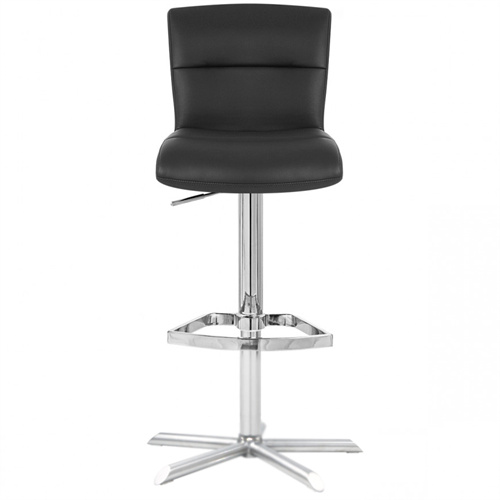
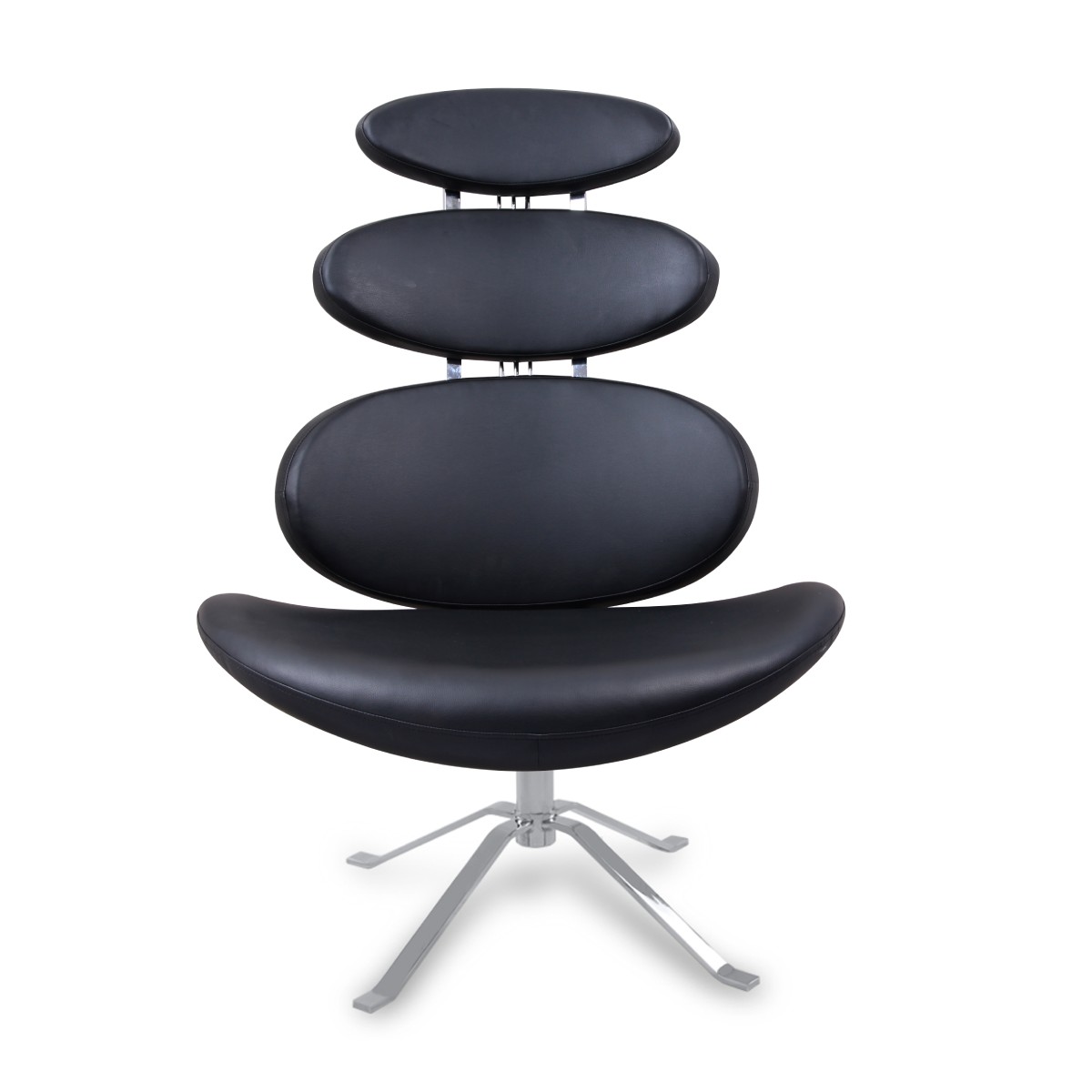
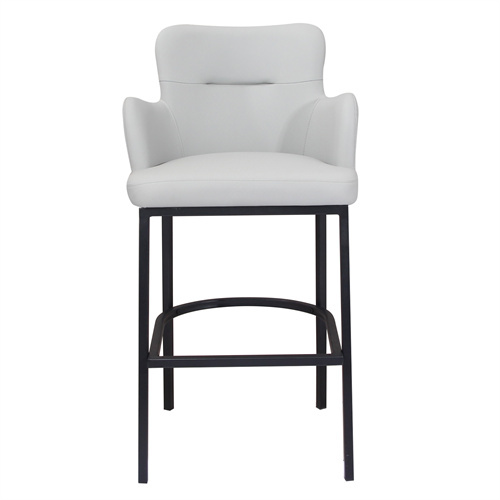
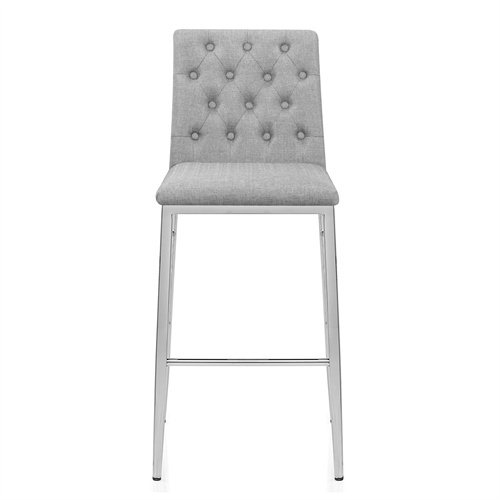
0723.jpg)